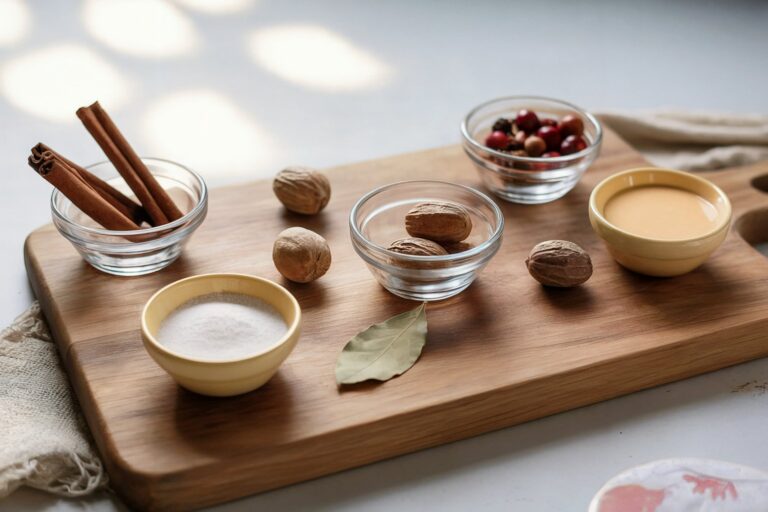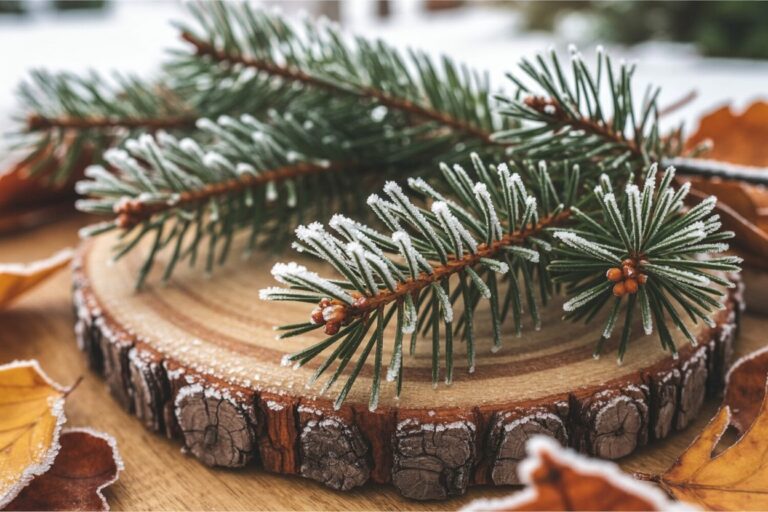The Complete Beginner’s Guide to Herbal Research Topics for 2026
Please note that posts on this site may contain affiliate links
As 2026 approaches, my biggest goal for the coming year is to really immerse myself in herbalism. It’s something I’m so passionate about that I’m actually looking into taking courses for it and maybe doing it professionally.
The more I learn about any topic, though, the more I realize how hard it is to find the right words to learn more. Sometimes you just don’t know what you don’t know.
Herbalism as a topic is vast and the knowledge held within this field is both wide and deep. It’s easy for a new person researching herbalism to drown in this knowledge without ever learning much at all!
To help not only myself but others considering becoming herbalists, I’ve compiled a comprehensive list of topics and terms I want to explore this year. Because of how vast herbalism is, this list cannot possibly cover everything we need to learn, but it’s a solid foundation to build upon.
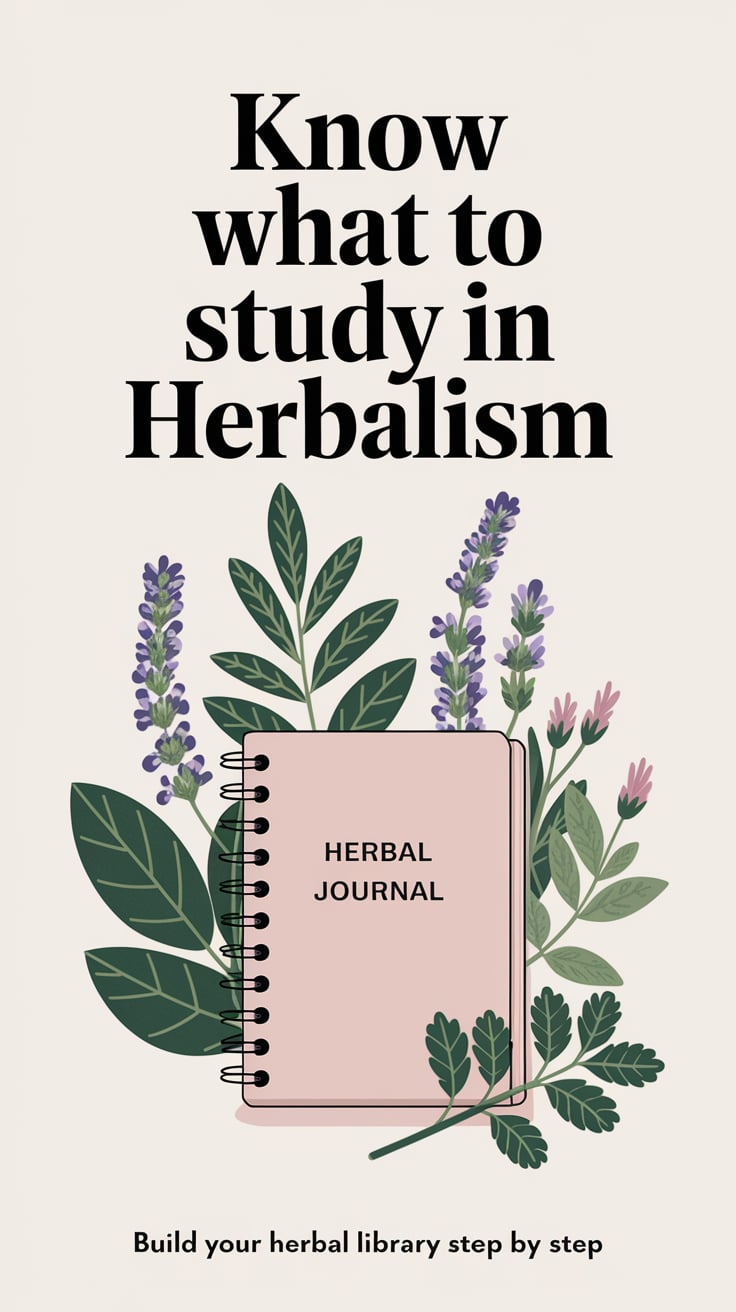
Why Every Herbalist Needs a Research Roadmap
Starting your herbal journey without a clear research plan is like wandering through an enchanted forest without a map. You might discover beautiful things, but you’ll likely miss the most important landmarks.
Whether you’re drawn to herbalism for healing, magic, or both, having a structured approach to learning prevents overwhelm and ensures you build solid foundational knowledge. This roadmap serves both the aspiring clinical herbalist and the kitchen witch who wants to work more intentionally with plant allies.
Many successful herbalists recommend spending at least a year studying before practicing professionally. This timeline gives you space to explore building your herbal learning library while developing hands-on experience with plants.
Essential Herbal Knowledge Every Beginner Must Master
Creating Your Personal Materia Medica
Building a personal herbal encyclopedia is perhaps the most important project you’ll undertake as an herbalist. Your materia medica documents each herb’s uses, dosages, preparation methods, and your personal experiences with the plant.
This isn’t just about copying information from books. It’s about developing a relationship with each plant ally. As you work with herbs, you’ll want to document their magical correspondences alongside their medicinal properties. For example, when studying rosemary, you’ll note its memory-enhancing properties AND its use in protection spells.
Start with common herbs you use regularly in cooking or herbs for specific magical purposes. This makes the learning process more engaging and practical.
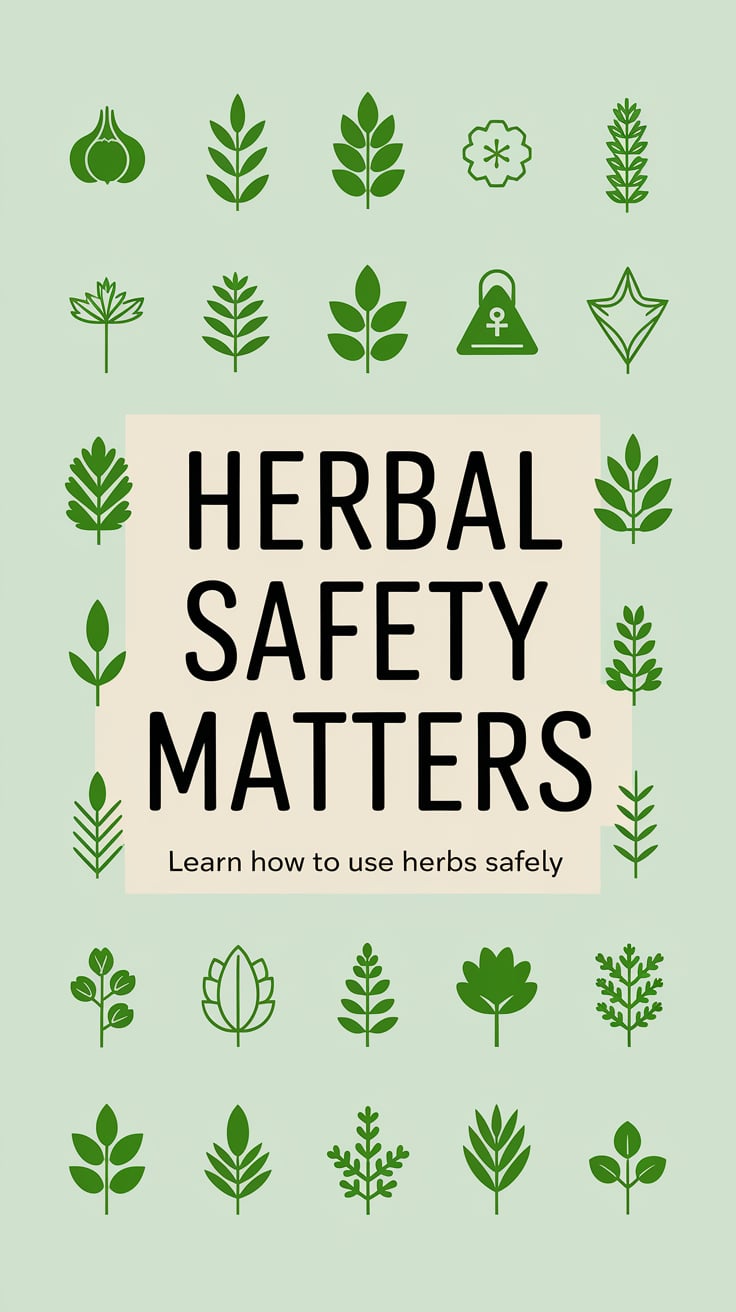
Herbal Safety and Contraindications
Understanding the potential risks, side effects, and herb-drug interactions is non-negotiable for anyone working with plants medicinally. This knowledge protects both you and anyone you might eventually help.
Some herbs that seem gentle can interact with medications or have cumulative effects. Others are perfectly safe for most people but dangerous during pregnancy or for those with specific health conditions. Learning about herb-drug interactions is especially crucial as more people combine traditional medicine with herbal remedies.
Botanical Identification and Plant Families
Learning to identify plants accurately is fundamental to safe herbalism. Understanding plant families helps you recognize patterns in how related plants behave and what properties they might share.
For example, many plants in the mint family (Lamiaceae) have similar aromatic and digestive properties. Once you understand these patterns, you can make educated guesses about unfamiliar plants within the same family.
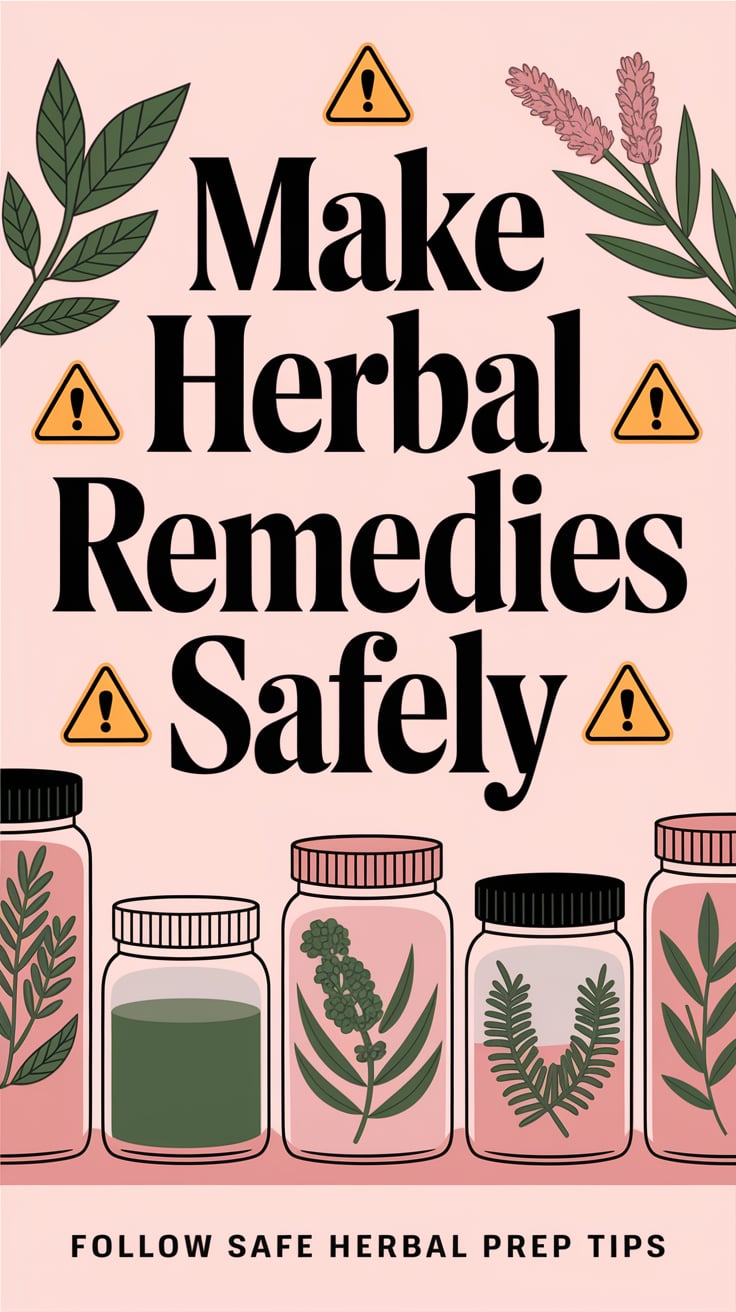
Harvesting by Lunar Cycles
Traditional herbalists have long believed that lunar phases affect plant potency. Whether you approach this from a magical or purely traditional perspective, understanding lunar timing for harvesting can deepen your connection to your plant allies.
Many herbalists harvest roots during the waning moon when plant energy is drawn downward, and leaves during the waxing moon when energy rises. Herbs associated with lunar deities often respond particularly well to moon-timed harvesting.
Proper Harvesting and Storage Techniques
Knowing when and how to harvest plants ensures maximum potency and sustainability. This includes understanding the best time of day, season, and plant maturity for harvesting different plant parts.
Storage is equally important. Proper herb drying techniques preserve both medicinal compounds and magical properties. Poor storage can lead to mold, loss of potency, or even dangerous contamination.
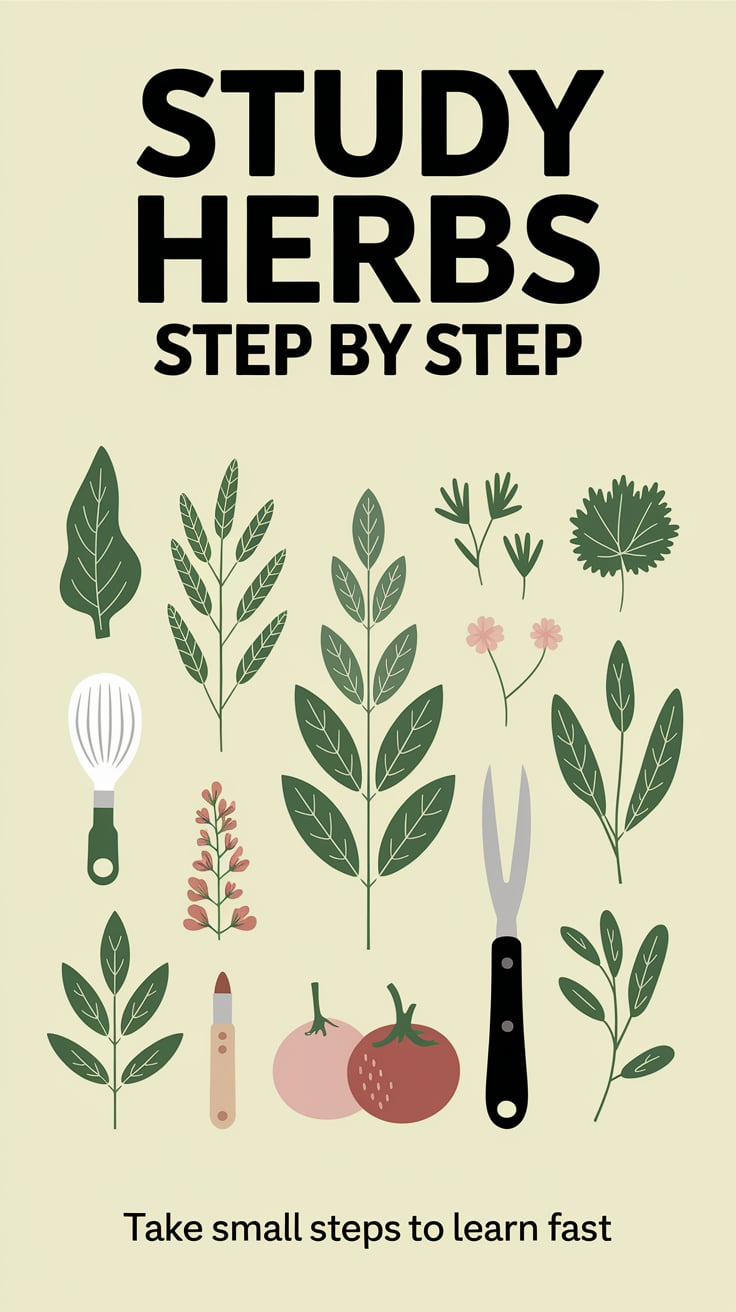
Understanding Herbal Actions: The Foundation of Practice
Herbal actions describe how plants affect the body and energy systems. Understanding these categories helps you choose the right herbs for specific situations and understand how different plants can work together.
Adaptogens
Herbs that help the body adapt to stress, promoting balance and resilience. Think of adaptogens as plant allies that help your system find equilibrium during challenging times.
Nervines
Herbs that support the nervous system, easing stress and promoting calm. These are particularly valuable in our modern world and essential for stress-relieving herbal remedies. Different nervines work in different ways – some are relaxing, others are strengthening, and some are both.
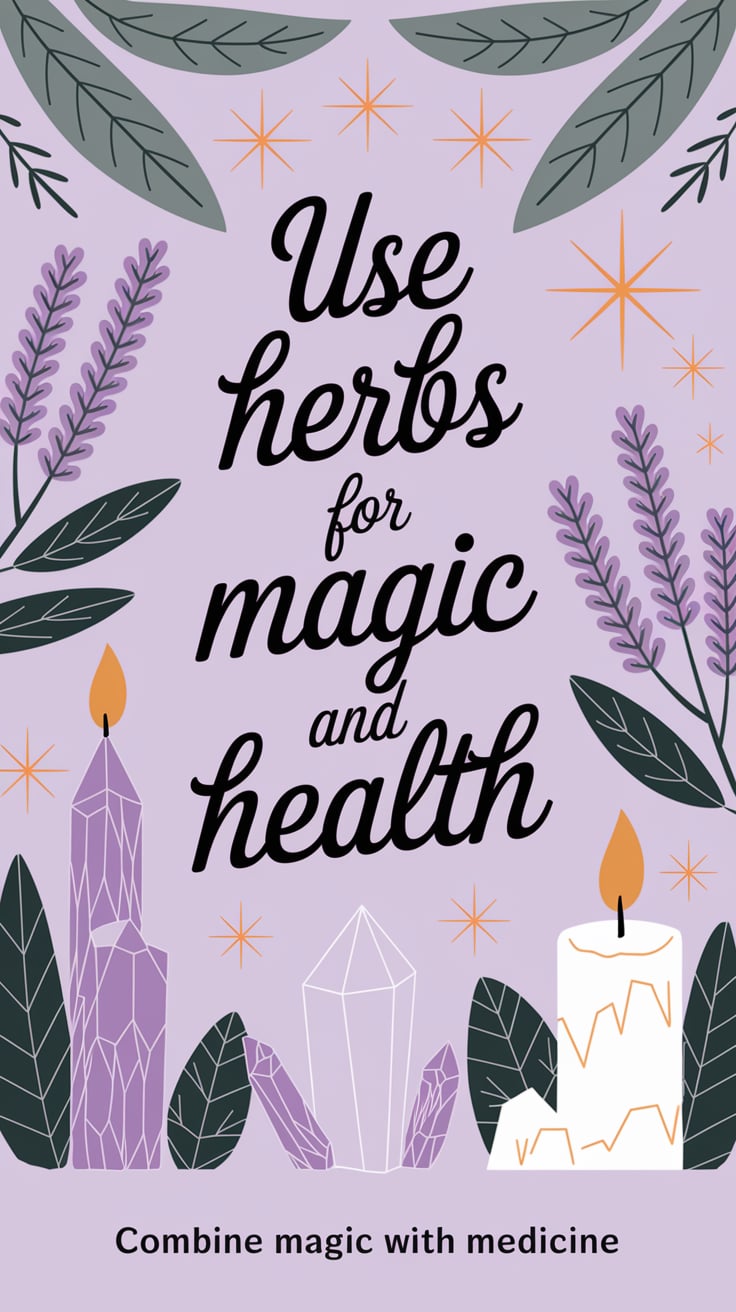
Alteratives
Herbs that support gradual detoxification and metabolic balance. Traditional herbalists call these “blood purifiers,” though modern understanding shows they support the body’s natural elimination processes.
Aromatics
Herbs with strong scents that stimulate digestion or provide respiratory benefits. These plants often have magical correspondences related to air element associations and are excellent for clearing energy as well as physical symptoms.
Bitters
Herbs that stimulate digestive juices and improve appetite. The bitter taste triggers digestive responses, making these herbs valuable for overall digestive health.
Astringents
Herbs that tighten tissues, reduce secretions, and combat inflammation. These are your go-to plants for wound healing and reducing excess moisture or discharge.

Diaphoretics
Herbs that encourage sweating, aiding in fever management. These plants help the body regulate temperature and eliminate toxins through the skin.
Diuretics
Herbs that promote urination, supporting kidney function and reducing fluid retention. Always ensure adequate hydration when using diuretic herbs.
Expectorants
Herbs that help expel mucus from the respiratory tract. These are invaluable during cold and flu season and work well in herbal tea blends for respiratory support.
Vulneraries
Herbs that promote wound healing and tissue repair. These plants often have magical correspondences related to protection and healing energy.
Immunomodulators
Herbs that regulate and support the immune system. Rather than simply boosting immunity, these plants help the immune system respond appropriately to threats.
Antispasmodics
Herbs that relieve muscle spasms and cramping. These are particularly useful for digestive issues and menstrual discomfort.
Sedatives
Herbs that promote relaxation and improve sleep. These plants often overlap with nervines but have stronger effects on promoting rest.
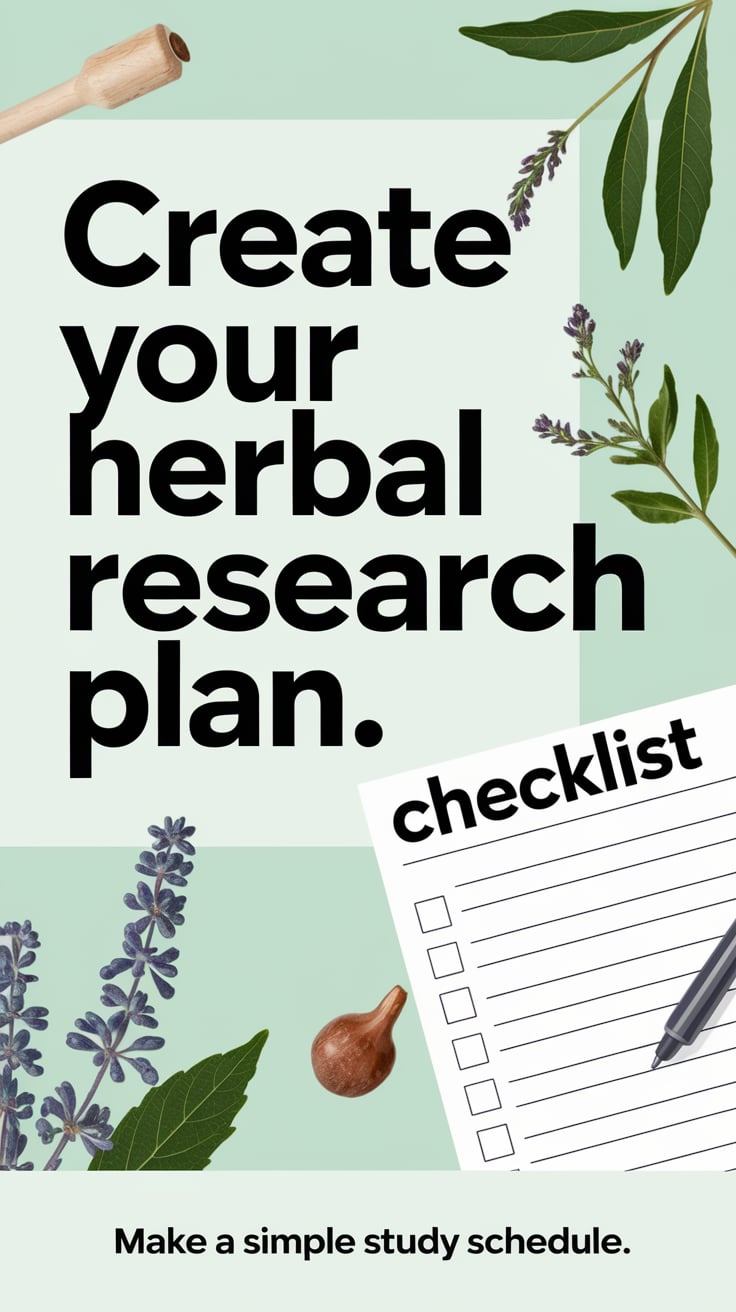
Carminatives
Herbs that relieve gas and bloating, promoting digestive comfort. Many kitchen herbs fall into this category, making them perfect for kitchen witchcraft applications.
Hepatics
Herbs that support and strengthen liver function. The liver is central to many bodily processes, making these herbs valuable for overall health.
Tonics
Herbs that strengthen and support specific organs or the whole body. These are typically taken over longer periods to build overall vitality.
Emollients
Herbs that soothe and soften skin or mucous membranes. These are essential for external preparations and healing salves.
Antimicrobials
Herbs that combat bacteria, viruses, or fungi. Many culinary herbs have antimicrobial properties, which is why they’ve been used in food preservation.
Galactagogues
Herbs that promote milk production in breastfeeding individuals. These specialized herbs require careful study and should only be used under professional guidance.
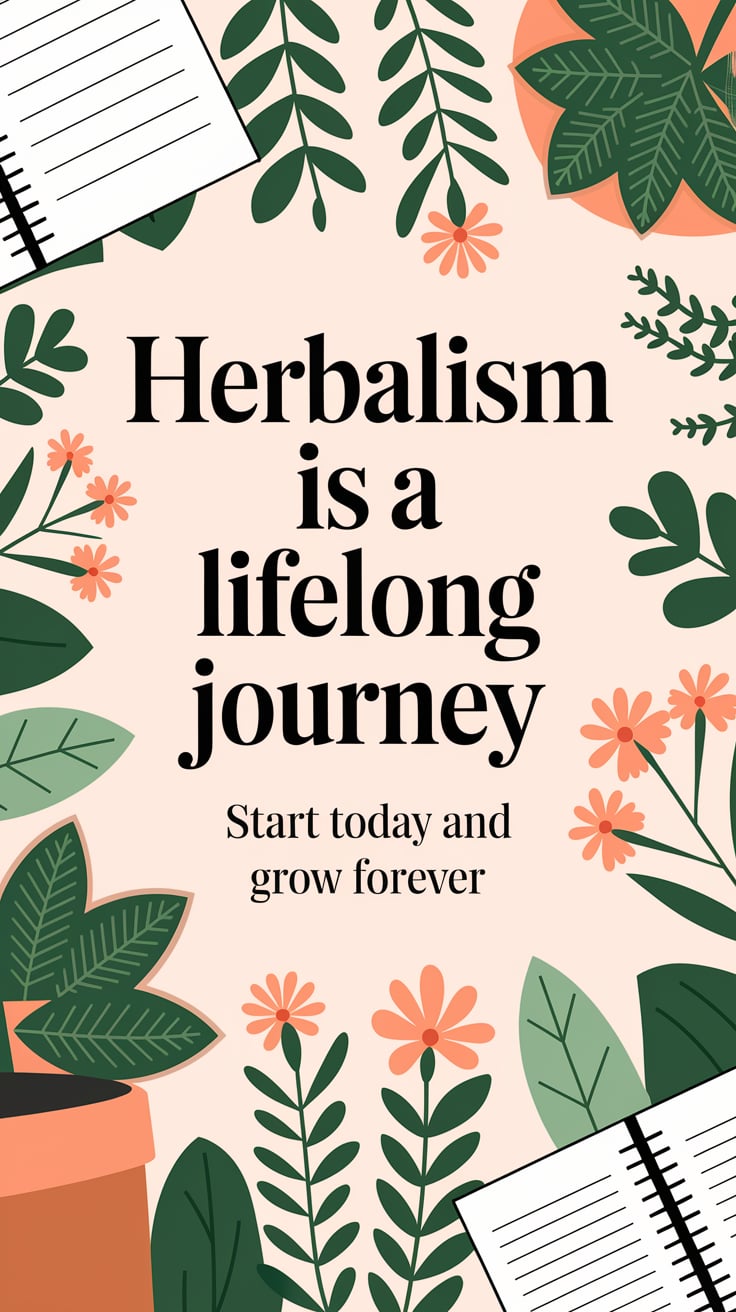
Herbal Preparation Methods: From Simple to Advanced
Understanding how to prepare herbs properly is crucial for both efficacy and safety. Different preparation methods extract different compounds and have varying shelf lives and potencies.
Basic Preparation Methods
Infusions involve steeping delicate plant parts like leaves and flowers in hot water. This is your basic herbal tea method and the foundation of herbal tea blending for spiritual practice.
Decoctions require boiling tougher plant materials like roots, bark, and seeds. This method extracts water-soluble compounds from dense plant materials that won’t release their properties through simple steeping.
Poultices involve crushing fresh herbs and applying them directly to the skin. This method allows for immediate application of fresh plant compounds to localized areas.
Compresses use cloths soaked in herbal preparations to treat localized issues. This method combines the benefits of herbal preparations with the therapeutic effects of temperature and moisture.
Intermediate Preparation Methods
Tinctures are alcohol-based extractions that preserve herbs and make them shelf-stable. They’re potent, convenient, and extract both water-soluble and alcohol-soluble compounds.
Infused oils create the base for salves and other topical preparations. These oils capture fat-soluble compounds and make herbs suitable for external application.
Salves combine infused oils with beeswax or other solidifying agents to create healing ointments. They’re perfect for wound care and skin conditions.
Syrups combine herbal extracts with honey or other sweeteners, making them palatable for children and soothing for throat conditions.
Advanced Preparation Methods
Oxymels combine honey and vinegar with herbs, creating preparations that are both medicinal and delicious. They’re particularly good for respiratory and digestive support.
Elixirs blend herbal extracts with sweeteners and alcohol for both preservation and palatability. These preparations often have magical applications as well as medicinal ones.
Spagyric preparations involve advanced alchemical processes that separate and recombine plant components. These techniques bridge herbalism and alchemy.
Fermented herbal preparations create probiotic-rich medicines that support digestive health while delivering herbal compounds.
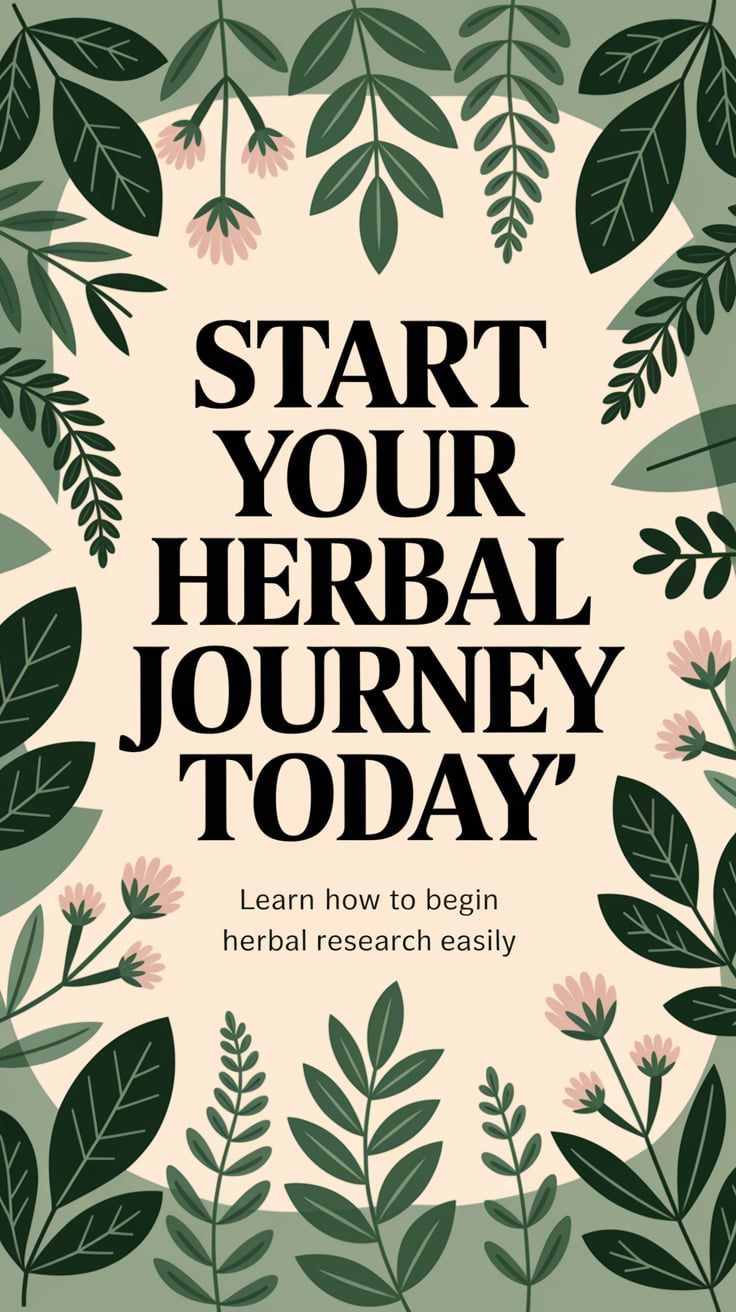
Tools and Equipment for the Modern Herbalist
Having the right tools makes herbal preparation safer, more efficient, and more enjoyable. You don’t need everything at once, but building your herbalist toolkit gradually ensures you can properly prepare the remedies you’re learning about.
Essential Harvesting Tools
High-quality knives or scissors for gathering plants cleanly without damaging the parent plant. Sharp, clean tools reduce stress on plants and prevent disease transmission.
Preparation Equipment
A mortar and pestle for grinding herbs releases essential oils and breaks down plant materials for better extraction. Glass jars in various sizes store herbs and create tinctures. Avoid plastic containers, which can leach chemicals into preparations.
Filtration Supplies
Strainers, cheesecloth, and muslin cloth filter herbal preparations and remove plant material from finished products. Fine filtration creates professional-quality preparations.
Measuring Tools
Accurate scales ensure proper dosing of herbal remedies. Digital scales that measure in grams are essential for creating reproducible preparations.
Heat-Processing Equipment
Double boilers allow gentle heating for making infused oils and salves without scorching delicate plant compounds. Slow cookers can also serve this purpose.
Documentation Materials
Creating your personal grimoire requires good notebooks, pens, and possibly a camera for documenting your herbal work. Digital tools can supplement but shouldn’t replace physical documentation.
Storage Solutions
Dark glass bottles protect light-sensitive preparations. Proper labeling prevents confusion and ensures safety. Dried herb bundles need proper storage to maintain potency.

Historical Traditions That Shape Modern Practice
Understanding the historical context of herbalism helps you appreciate the depth of knowledge passed down through generations and informs your modern practice.
Traditional Chinese Medicine
TCM views herbs as having energetic properties that affect the flow of Qi through the body. Understanding concepts like warming and cooling herbs, and how they interact with meridian systems, adds depth to your herbal knowledge.
Ayurvedic Medicine
Ayurveda categorizes herbs by their effects on the three doshas (Vata, Pitta, Kapha). This system provides a framework for understanding how different constitutional types respond to various herbs.
Indigenous and Tribal Traditions
Studying local indigenous herbal traditions with respect and proper attribution honors the original knowledge holders. Many modern herbal practices derive from indigenous wisdom that should be acknowledged and respected.
Western Herbalism
European herbal traditions form the foundation of much modern Western herbalism. Understanding concepts like the doctrine of signatures and traditional energetics provides context for modern applications.
The Eclectic Movement
The 19th-century Eclectic medical movement emphasized plant-based medicine and holistic treatment approaches. The Eclectic School of Herbal Medicine continues this tradition today, and you can learn more about the Eclectic medical movement and the history of herbalism in the US.
Herbal Magic Throughout History
The history of herbal magic in witchcraft reveals how plants have been used for spiritual and magical purposes across cultures. Understanding this history enriches your practice whether you approach herbalism from a medical or magical perspective.
Ethics, Safety, and Sustainable Practices
Ethical herbalism encompasses environmental sustainability, cultural respect, and safe practice. These principles guide responsible herbalists and ensure the continuation of herbal traditions.
Sustainable Wildcrafting
Ethical wildcrafting means harvesting plants in ways that ensure their continued survival and ecosystem health. This includes taking only what you need, leaving the first plant you see, and never harvesting more than one-third of a plant population.
Cultural Appropriation vs. Appreciation
Understanding which herbal traditions you can respectfully study and which require specific cultural context or permission prevents appropriation. Many traditions are open to respectful study, while others are closed practices.
Plant Conservation
Some medicinal plants are endangered due to overharvesting. Learning about conservation status and choosing sustainable alternatives protects vulnerable species.
Scope of Practice
Understanding the legal and ethical boundaries of herbal practice in your area prevents overstepping into licensed medical practice. Becoming a family herbalist has different requirements than practicing professionally.
Safety Protocols
Proper plant identification, understanding contraindications, and knowing when to refer to medical professionals ensures safe practice. Comprehensive guides to protection herbs include safety information alongside magical applications.
Specialized Areas of Herbal Study
As you develop your foundational knowledge, you’ll likely find yourself drawn to specific areas of herbalism. These specializations allow you to develop expertise in particular applications or approaches.
Magical Herbalism and Plant Spirit Work
This approach views plants as allies with their own consciousness and magical properties. Connecting with plant energies becomes as important as understanding their chemical constituents.
Elemental correspondences of plants provide a framework for understanding how different herbs work in magical applications. Fire element herbs have different magical properties than water element herbs or earth element herbs.
Astrological Herbalism
The astrological correspondences of herbs and plants connects plant medicine with celestial influences. This ancient system provides another layer of understanding for choosing appropriate herbs.
Seasonal Herbalism
Adapting your herbal practice to seasonal needs acknowledges the natural cycles of both plants and human health. Winter herbal practices differ significantly from summer cooling herbs, and holiday season herbs address specific seasonal challenges.
Seasonal stress management becomes particularly important during busy times of year, while autumn correspondences help you align with natural cycles.
Deity-Focused Herbalism
Many herbalists choose to focus on plants associated with specific deities. Herbal offerings to lunar deities serve different purposes than herbal offerings for sun deities.
Different deities have different herbal associations: plants sacred to Hecate differ from herbs for honoring Artemis or plants associated with Freya.
You might explore herbal offerings for Hecate, herbs and crystals for Gaia, offerings for Dionysus, herbs for Hera, herbs for Cybele, or plants sacred to Ares.
Even domestic magic deities have their own herbal associations, and herbs for Aphrodite serve different purposes than those used for other love deities.
Kitchen Witchcraft and Culinary Herbalism
Transforming your kitchen into a magical workspace involves understanding both the medicinal and magical properties of common culinary herbs. Stove witchery rituals can be performed while preparing herbal remedies.
Common herbs like garlic and onions have both protective magical properties and significant medicinal benefits. Protective cooking with Mars herbs combines magical intention with nutritional benefits.
Even banishing soup recipes can serve both magical and medicinal purposes, clearing negative energy while providing nourishment.
Specialized Magical Applications
Different magical goals require different herbal approaches. Herbs for manifestation work differently than herbs for success and motivation, and financial abundance herbs serve different purposes than luck-drawing herbs.
Justice spell herbs address different needs than herbs that absorb negative energy, and spring money spells utilize seasonal energies differently than year-round abundance work.
Specialized Populations and Applications
Different groups have different herbal needs. Herbs for teachers address the unique stresses of education, while sea witch herbs focus on ocean-based magic and coastal plants.
Solitary green witch practices differ from group herbalism, and herb gardens for witches require different planning than medicinal gardens.
Ceremonial and Life Event Herbalism
Botanical ideas for Litha celebrations incorporate herbs into major life events, while understanding individual plant allies like mullein or goldenrod deepens your connection to specific plants.
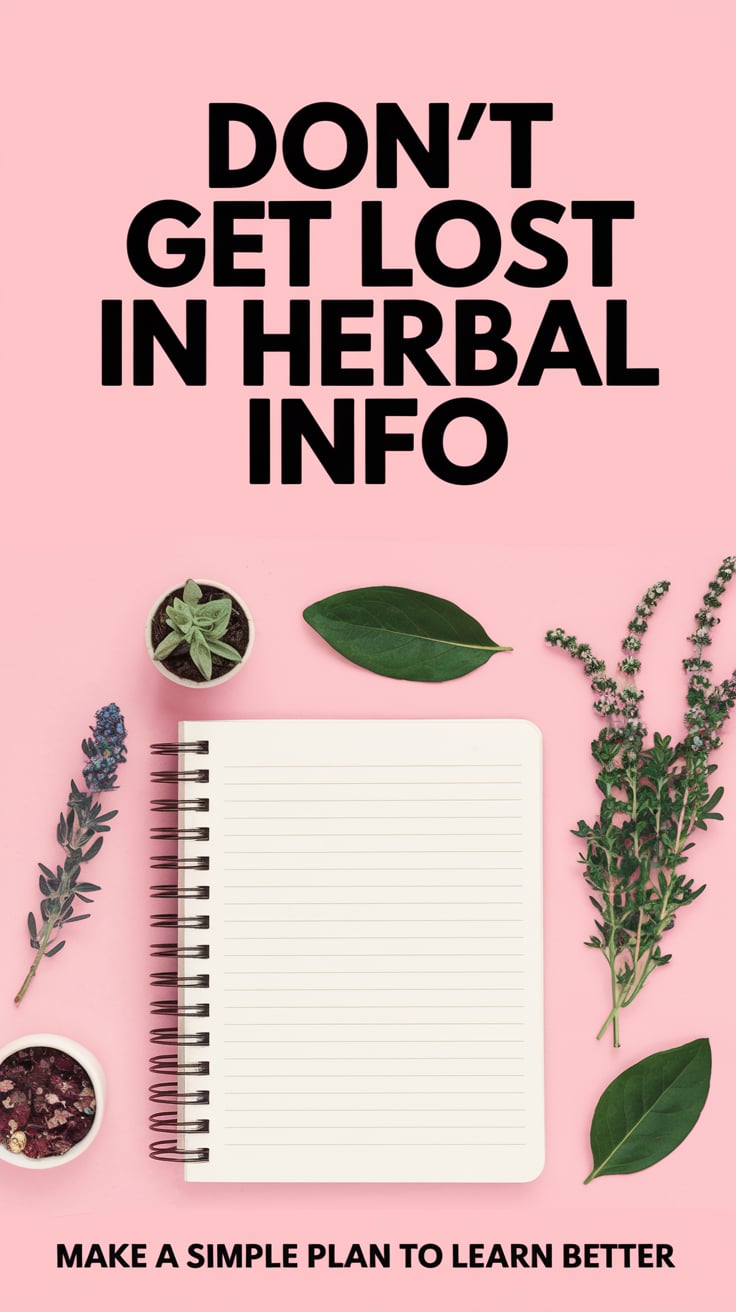
Building Your Herbal Learning Library
A good herbal library serves as your reference, inspiration, and teacher throughout your herbalism journey. Building your collection thoughtfully ensures you have reliable sources for both beginning and advanced study.
Essential Reference Books
Medical Herbalism by David Hoffmann provides the scientific foundation every herbalist needs. This comprehensive text covers plant chemistry, pharmacology, and clinical applications with the depth needed for serious study.
Alchemy of Herbs by Rosalee de la Forêt bridges kitchen herbalism and medicine, showing how to transform everyday ingredients into healing remedies. This book is perfect for those interested in culinary herbalism.
The Herbal Medicine Maker’s Handbook provides practical guidance for creating your own herbal preparations. It’s an essential reference for anyone wanting to make their own tinctures, salves, and other remedies.
Magical Herbalism Resources
Cunningham’s Encyclopedia of Magical Herbs remains the gold standard for magical herbalism. This comprehensive reference covers the magical properties and uses of hundreds of plants.
Entering Hekate’s Garden explores the intersection of plant spirit work and witchcraft, providing deep insights into working with plants as spiritual allies.
Building Your Tea Collection
The herbalist’s starter shelf provides guidance on essential teas every herbalist should know. These foundation plants serve both medicinal and magical purposes.
Online Resources and Continuing Education
Wikipedia provides surprisingly good starting points for herbal research. Articles on the history of herbalism and herbal tea traditions offer excellent overviews with references for deeper study.
Many herbalists benefit from formal training programs. The Eclectic School of Herbal Medicine offers comprehensive programs that blend traditional knowledge with modern applications.
Creating Your Personal Study Plan
Having a structured approach to learning herbalism prevents overwhelm and ensures steady progress. Your study plan should balance theoretical knowledge with hands-on experience.
Monthly Focus Areas
Consider dedicating each month to a specific aspect of herbalism. January might focus on planning and goal-setting, February on foundational safety knowledge, March on plant identification, and so on.
Seasonal Learning
Align your studies with the seasons whenever possible. Spring is perfect for studying cleansing herbs and connecting with nature, while fall focuses on preservation techniques and immune support.
Practical Application Schedule
Balance reading with hands-on practice. If you’re studying nervines, make sure you’re also preparing nervine teas and documenting your experiences. If you’re learning about kitchen witchcraft, incorporate magical cooking into your weekly routine.
Community Building
Herbalism thrives in community. Finding education and community in modern herbal magic provides resources for connecting with other herbalists and continuing your education.
Documentation and Reflection
Keep detailed notes of your studies and experiences. Tips for creating your first Book of Shadows apply equally to herbal grimoires and medical materia medica.
Final Thoughts: Your Herbal Journey Begins
Remember that herbalism is a lifelong journey of learning and discovery. Those who have come before us, like Rosemary Gladstar and David Hoffmann, don’t know everything either!
Herbalism is a craft that requires a community you can turn to when you need more information. My biggest piece of advice for any beginner herbalist reading this blog post right now is this: Make friends. Seek the advice of others. You are not competing with them; you are working with them to reveal the secrets of plants and heal those around you.
Each topic you research will undoubtedly lead you to ten more. It’s important to understand and accept that you will never know everything about herbalism! This is part of the beauty and mystery of working with plants.
Start with what calls to you most strongly. If you’re drawn to magical applications, begin with herbs for love magic or protective herbs. If you’re interested in healing, start with safe, gentle herbs like chamomile or peppermint.
Remember that modern life requires modern solutions. Simple witchcraft for busy lives acknowledges that not everyone has unlimited time for elaborate preparations. Sometimes the most powerful magic happens in the spaces between our daily responsibilities.
Your herbal journey is unique to you. Trust your intuition, study diligently, practice safely, and remember that every expert was once a beginner. The plants are patient teachers, and they’ll guide you on your path if you’re willing to listen.
Save this comprehensive guide on Pinterest and refer back to it throughout your herbal studies. Each section contains enough research topics to keep you busy for months, and the links provide deeper exploration of specific areas that interest you most.

Easy Simmer Pot Recipes for Financial Abundance Using Herbal Witchcraft
Unlock prosperity and attract wealth with ‘Easy Simmer Pot Recipes for Financial Abundance Using Herbal Witchcraft‘ for just $3.99—transform your life with potent, magical simmer pot spells.

